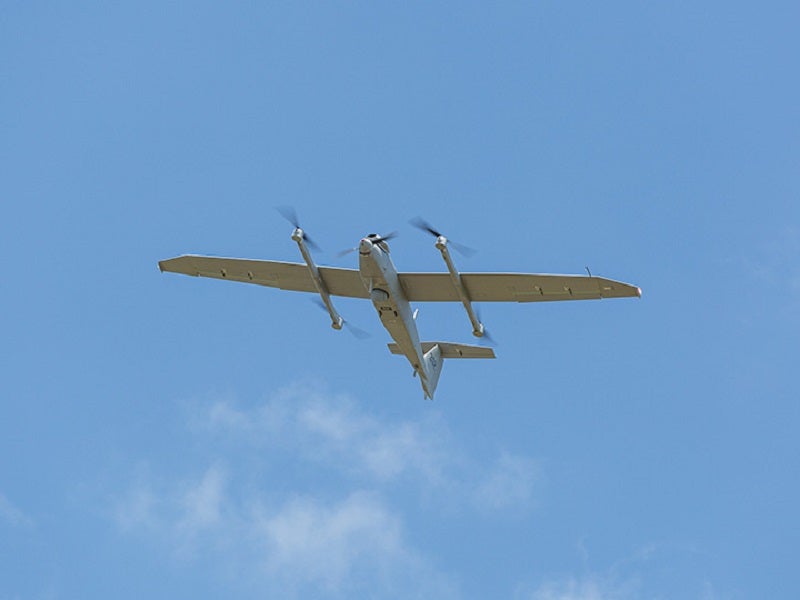
The war in Ukraine has validated the decisions taken by the US Army in developments of the Future Vertical Lift (FVL) programmes, which include the key Future Long-Range Attack Aircraft (FLRAA) and Future Attack Reconnaissance Aircraft (FARA) to deliver next-generation rotary-wing capabilities, a senior US military official has said.
Combat in Ukraine has seen the widespread use of loitering munitions and drones integrated into the battlespace, while the stand-off zone whereby platforms could become targets to enemy fire has been extended due to the increased range and lethality of weapon systems used on both sides.
The US Army describes the FVL programme as a family of vertical lift solutions that will deliver next-generation capabilities at the tactical, operational, and strategic levels. To achieve this aim, platforms developed under the programme prioritise speed, sustainability, and interoperability in order to offset the increased lethality on current and future battlefields.
Observations on Ukraine-Russia war
Speaking at the US-based Center for Strategic and International Studies on 24 August, Major General Walter Rugen, director FVL cross functional team at the US Army’s Future Command, said that there had been a “strategic shift” in secure standoff ranges increasing to more than 30km today, compared with single-figure distances a generation ago.
“I’m not sure we are at lessons learned [from the Ukraine war] yet, we are at observations. What we have seen validates what we are doing… the speed and range that the future rotorcraft configurations will generate, validates it,” Rugen said.
“We can stay outside of the surface-to-surface fires that are highly lethal to those things that come up under their threat engagement zone. We want to be faster, inside any threat, or enemy decision cycle, the notion in being far more agile in that decision dominance,” he added.
With FARA the US Army will finally see a replacement for the OH-58 Kiowa, which was withdrawn from service following sequestration in 2014, while FLRAA is intended to be the replacement to the legacy UH-60 Black Hawk, which would have been in service for more than 50 years by the time it departs.
Regarding the Black Hawk, which saw the latest UH-60M variant enter service in the mid-2010s, Rugen said that the US Army was “running out of letters” for the platform, which was reaching the end of its design upgrade path.
FVL platform options
In addition, FVL will see a replacement for the RQ-7B Shadow drone, which on 19 August selected the AeroVironment Jump 20 medium uncrewed aircraft system (UAS) under Increment 1 to be fielded in selected US Army Brigade Combat Teams. Increment 1 will see the platform enter testing and fielding on an accelerated schedule as it moves towards becoming the US Army’s tactical UAS of choice.

The Jump 20 UAS it capable of vertical take-off and landing operations, with more than 14 hours of endurance and a standard operational range of 115 miles (185km). The UAS has a usable payload capacity of up to 13.6kg and is able to be prepared and launched in less than 60 minutes.
According to GlobalData’s FARA project entry, the programme was initiated in 2018 with a $1.9bn transactional authority prototype solicitation. The US Army shortlisted Boeing, Sikorsky Aircraft (owned by Lockheed Martin), Bell Helicopter Textron, and Karem Aircraft along with AVX Aircraft-L3Harris partnership for the FARA phase one competitive prototype programme, with the five participants then ordered to produce competitive prototypes.
The US Army shortlisted two prototypes of Bell Helicopter Textron (360 Invictus) and Sikorsky Aircraft (Raider X) during the second phase of the FARA programme in March 2020 and allocated a fixed funding of $735m between 2020 and 2023. The FARA aircraft production is expected to begin in 2024.
Meanwhile, the FLRAA programme began in 2019 following a US Army Request for Information, with a view to service entry for the platform by 2030. The competition sees the tiltrotor V-280 Valor from Bell and the Sikorsky-Boeing co-axial Defiant X as competing designs.







